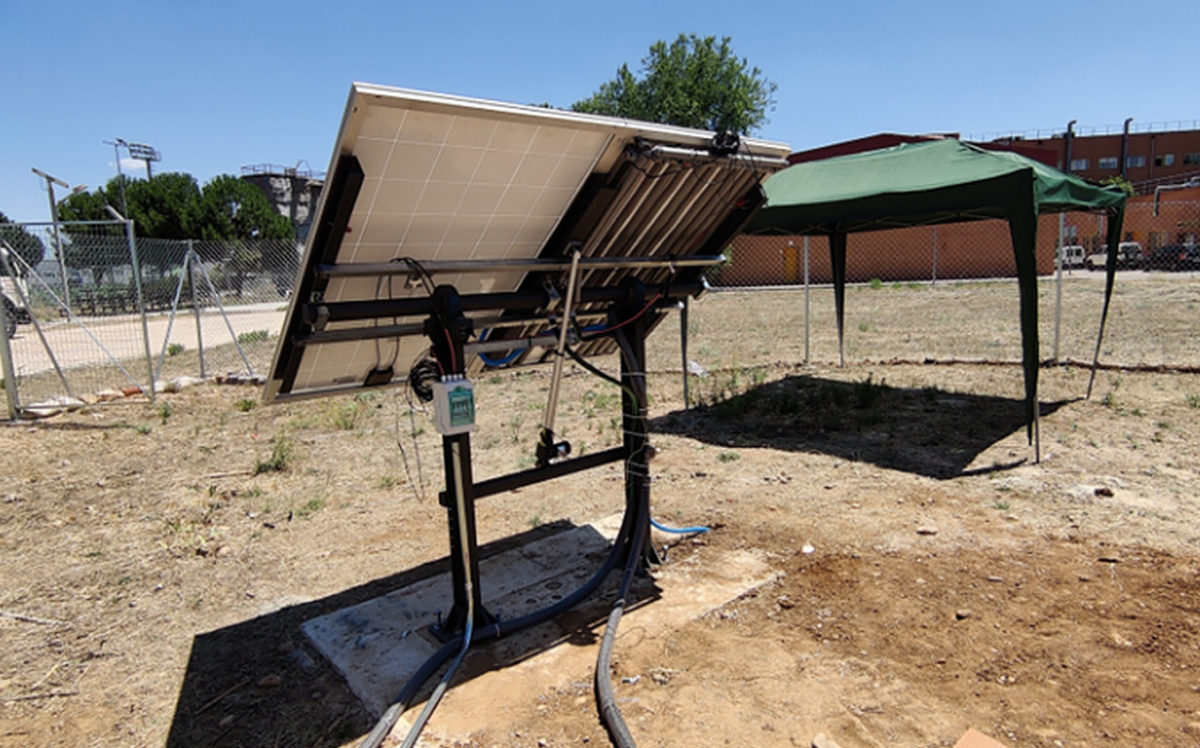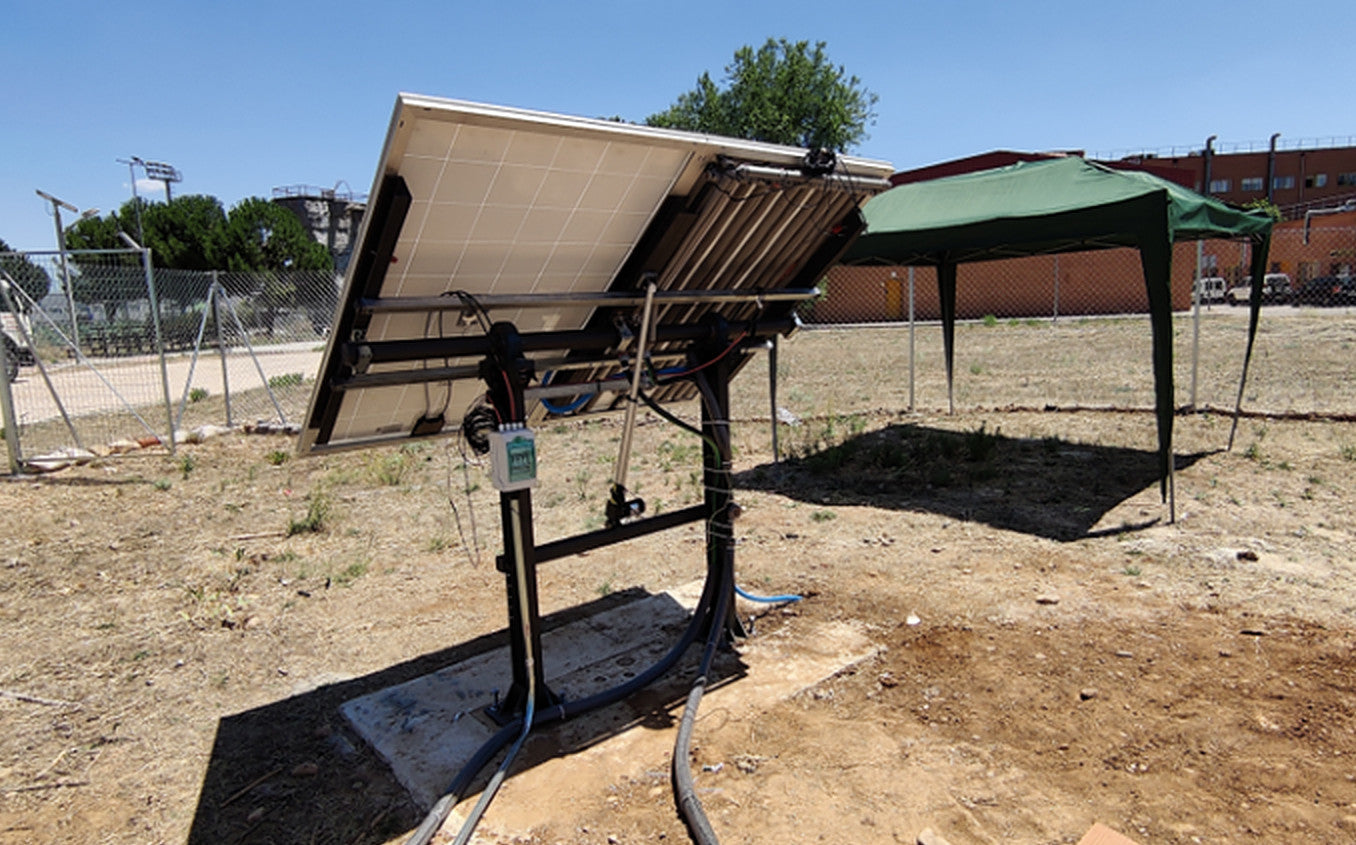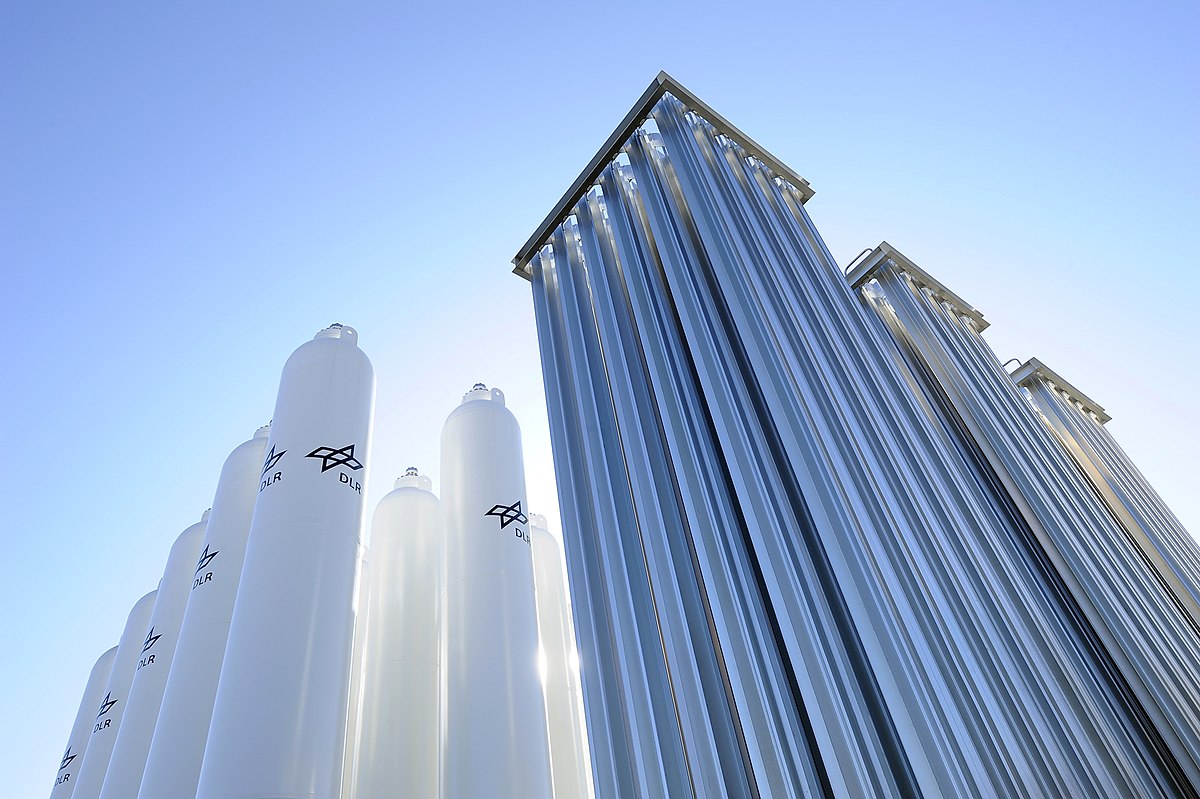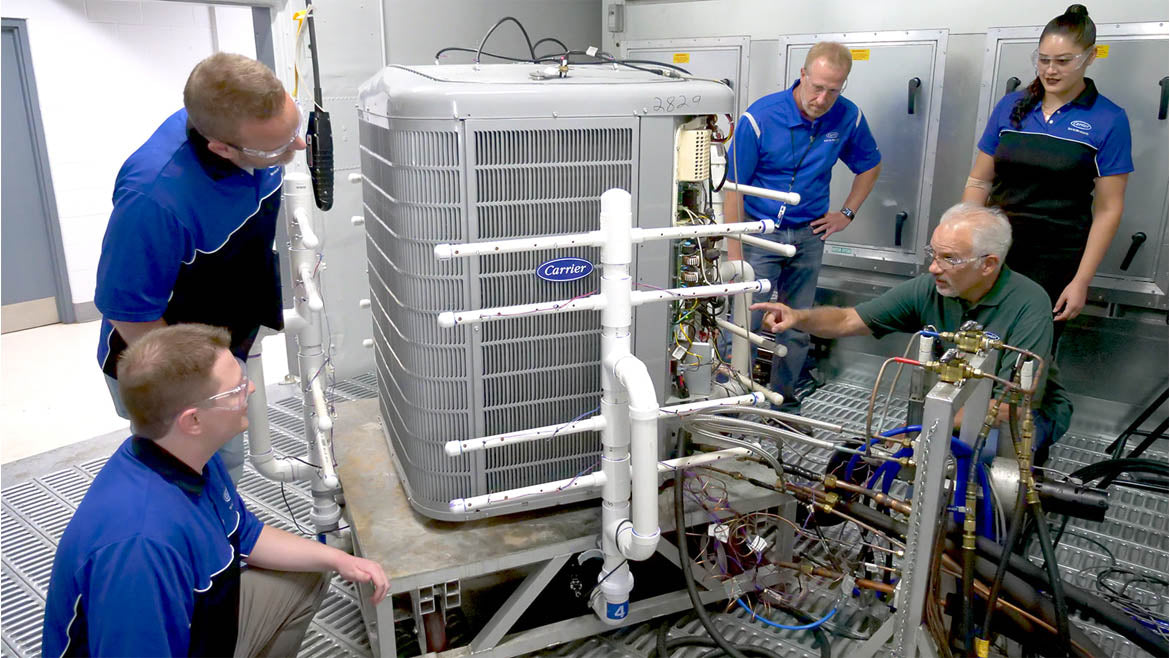https://pv-magazine-usa.com/2022/11/03/underground-heat-exchanger-to-cool-down-solar-panels/
Underground heat exchanger to cool down solar panels

The system uses an exchanger as a heat sink.
Image: University of Alcala
Researchers at the University of Alcalá in Spain have developed a cooling technique for solar modules that uses an underground, single–phase, closed-loop heat exchanger circuit that acts as a natural heat sink.
“Our analyses, made for various types of residential and commercial installations, show that the system is economically viable with investment amortization periods that range between five and 10 years,” researcher Ignacio Valiente Blanco told pv magazine.
The cooling technique involves the application of a heat exchanger onto the back side of a solar panel to remove excess heat. This heat is transferred underground by a coolant fluid that is refrigerated by another U-shape heat exchanger introduced in a borehole at a depth of 15 meters, filled with natural water from the aquifer in the underground.
“The cooling system needs extra energy to activate the pump of the coolant,” the researchers explained. “As it is a closed-circuit, the potential energy difference between the bottom of the borehole and the solar panel does not impact the power consumption of the cooling system.”
The scientists tested the cooling system at an off-grid PV installation, which they described as representative of a typical solar farm with single–axis tracking systems. The array consists of two 270 W modules supplied by Spain’s Atersa. They feature a temperature coefficient of –0.43% per degree Celsius.
The heat exchanger of the solar panel is mainly composed of a set of six plastically deformed, flattened U-shaped copper tubes, each measuring 15 mm in diameter. The tubes are all thermally isolated by polyethylene foam and are connected to common 18-mm-diameter inlet and outlet collectors. The research group used using a constant coolant flow rate of 3 l/min or 1.8 l/min per square meter of solar panel.
The experiment showed that the cooling tech could reduce the operating solar module temperature by between 13 C and 17 C. It also improved module performance by around 11%, which means that during an entire day, the cooled panel would provide 152 Wh more than its uncooled counterpart, according to the study.
The academics introduced the cooling system in “Efficiency Improvement of Photovoltaic Solar Modules by Cooling Using an Underground Heat Exchanger,” which was recently published in the Journal of Solar Energy Engineering.
“With the necessary investment, the system is perfectly usable in conventional installations,” said Valiente Blanco.
This content is protected by copyright and may not be reused. If you want to cooperate with us and would like to reuse some of our content, please contact: editors@pv-magazine.com.




